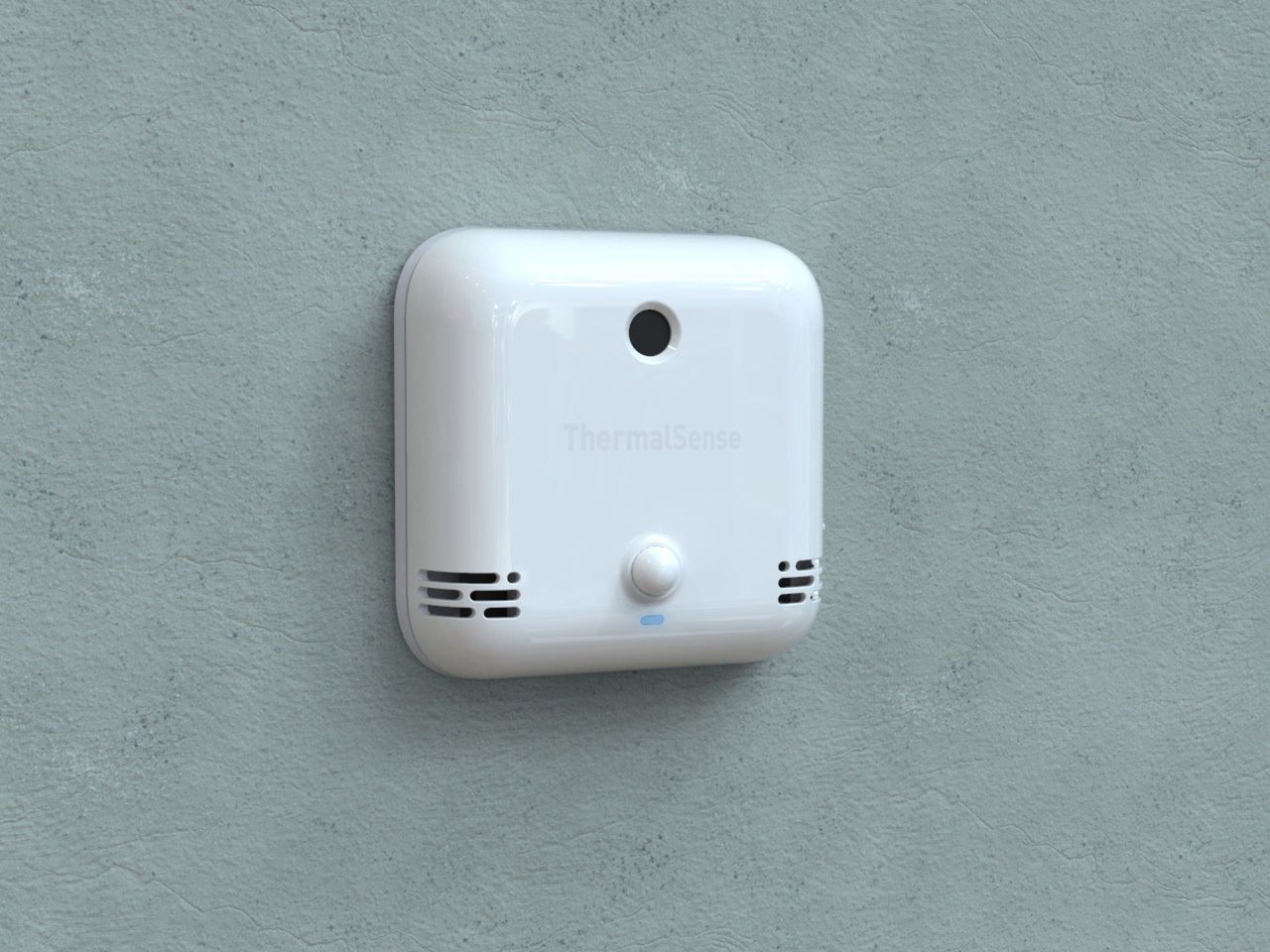In a world where office space comes at a premium, businesses are under increasing pressure to do more with less. Enter the Internet of Things (IoT). By integrating IoT sensors into the workplace, organizations can gain actionable insights into how space is used—driving smarter decisions and greater efficiency.
For facility managers, operations directors, and corporate planners, this article explores how smart building technologies are reshaping workspace utilization and delivering measurable ROI.
The Importance of Workspace Optimization
Post-pandemic work models—especially hybrid arrangements—have shifted how, when, and where people work. Traditional methods of tracking occupancy (manual counts, spreadsheets, gut feeling) are no longer sufficient. Without data-driven insights, underused meeting rooms and overcrowded hot desks can lead to frustration, wasted space, and unnecessary costs.
Workspace optimization is about ensuring that every square foot serves a purpose. Done right, it leads to:
- Lower overhead costs
- More agile space planning
- Enhanced employee experience
- Improved environmental sustainability
How IoT Sensors Work
IoT sensors are small, connected devices embedded in ceilings, desks, or rooms. They collect real-time data on occupancy, motion, temperature, and other environmental variables. These sensors connect to centralized platforms via Wi-Fi or other networks, transmitting data that can be analyzed and visualized for operational decisions.
Types of commonly used IoT sensors in smart offices include:
- Occupancy sensors: Detect presence in rooms or desk areas
- Motion detectors: Track movement patterns across zones
- Environmental sensors: Monitor temperature, CO₂, humidity for comfort, and air quality
- Beacons and badge readers: Help track employee movement (while respecting privacy)
When integrated into a smart building management platform, these sensors create a live picture of how your office functions throughout the day.
Benefits and ROI
Investing in IoT-based workspace analytics can lead to immediate and long-term value:
1. Space Efficiency
Get precise data on which areas are overused or underutilized. Reconfigure layouts or reduce leased space without guesswork.
2. Cost Reduction
Lower utility bills by aligning HVAC, lighting, and cleaning schedules with actual occupancy. Companies have reported up to 30% savings on energy costs through smart management.
3. Informed Planning
Use historical and real-time data to forecast demand, scale offices appropriately, and design flexible environments that adapt over time.
4. Enhanced Employee Experience
Provide a seamless experience by ensuring desks, rooms, and collaborative areas are available when needed—leading to increased satisfaction and productivity.
5. Sustainability and Compliance
Track environmental metrics to support green initiatives and meet ESG or regulatory requirements with measurable impact.
Conclusion: Turn Your Office Into a Smart, Data-Driven Space
The shift to smarter, more efficient workspaces begins with data—and IoT sensors are at the core of that transformation. For companies aiming to improve workspace utilization and streamline smart building management, now is the time to act.
🔍 Learn how ProSpace can help you unlock real-time insights and optimize your workplace intelligently.
👉 Visit www.prospace.io to discover our smart office solutions.






